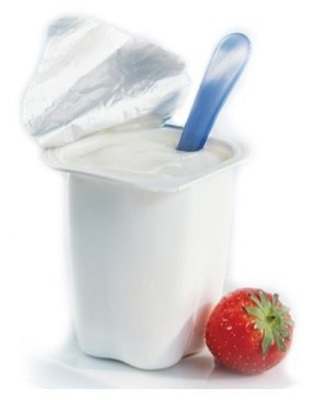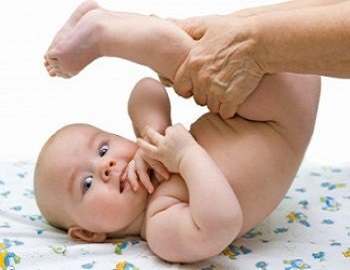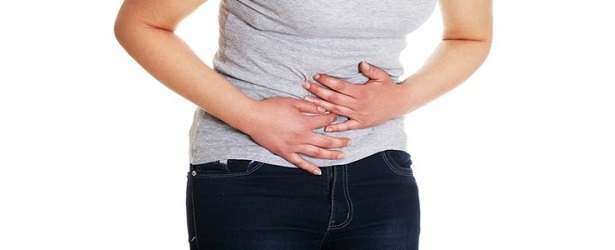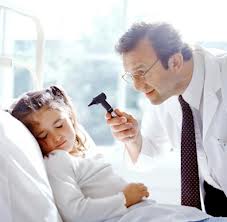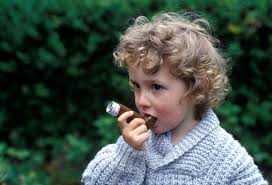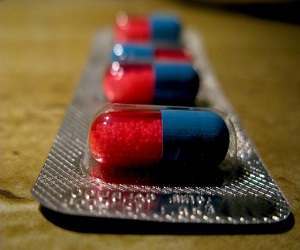Home Remedies for Yeast Infections
While doctors typically prescribe medications as part of the treatment for yeast infection, this is not really a must unless the condition is already severe. Most, less complicated health problems have been treated by simple home remedies for thousands of years already without further problems at all.
 Home remedies have already proven themselves effective in treating simple health problems. In fact, most modern medications usually contain natural ingredients such as plants, herbs, and other elements coming from natural sources. Still it is best to consult a medical expert if you feel something unusual in the body to see if natural treatments or remedies can be utilized.
Home remedies have already proven themselves effective in treating simple health problems. In fact, most modern medications usually contain natural ingredients such as plants, herbs, and other elements coming from natural sources. Still it is best to consult a medical expert if you feel something unusual in the body to see if natural treatments or remedies can be utilized.
Sometimes, home natural treatments or remedies work well when administered together with prescribed medications to treat yeast overgrowth in the body. Sufferers from yeast overgrowth may also consider using whatever method they feel most comfortable with. This is no issue, especially if their doctor agrees.
Many natural or home remedies still treat or heal, equally well or better, without the unwanted side effects given by prescribed medications that contain clinically engineered chemicals. Yeast overgrowth in the body often reoccurs, especially for those people who have problems with their immune system. The appearance of yeast infections can be very unpleasant and uncomfortable though they seldom cause major problems to health when kept under control. Also, keep in mind that home remedies are the easiest way to relieve symptoms because they are quick and easy to find in the usual kitchen like boric acid, coconut oil, garlic, and yogurt.
Garlic
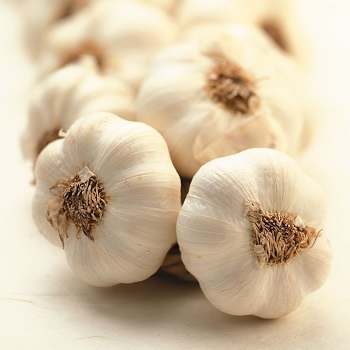 Garlic is a very common ingredient in daily cooking all over the world. It contains natural antifungal and antibacterial ingredient that have never failed to promote healing for thousands of years. Studies have shown that eating one to two servings of garlic everyday reduces yeast growth and the uncomfortable effects of yeast overgrowth. The combining of garlic with tea tree oil can also reduce the spread of yeast, reduce its uncomfortable effects, and even eliminate them.
Garlic is a very common ingredient in daily cooking all over the world. It contains natural antifungal and antibacterial ingredient that have never failed to promote healing for thousands of years. Studies have shown that eating one to two servings of garlic everyday reduces yeast growth and the uncomfortable effects of yeast overgrowth. The combining of garlic with tea tree oil can also reduce the spread of yeast, reduce its uncomfortable effects, and even eliminate them.
Yogurt
Natural or unsweetened yogurt contains a high level of good bacteria that are known to promote better health as well to strengthen the digestive system. Eating natural yogurt enhances the immune system as well by improving the performance of the small and large intestine to absorb nutrients and eliminate toxins from the body. You can also apply yogurt directly to the infected area like a regular lotion or topical cream.
The yogurt’s probiotics work as an antiseptic and control the growth of yeast in the area.
Boric Acid
This natural acid has been proven to effectively control and eliminate fungal infections, just like common prescription medications. You can apply boric acid on the skin’s surface just like a lotion or any medicated cream.
Coconut Oil
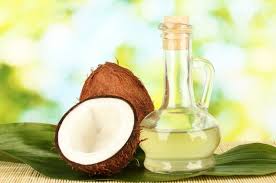 Coconut oil has effective antiseptic and antifungal elements as well. Some researches suggest that coconut oil even has the power to enhance the immune system and minimize the growth of yeast in the body. Just like any other essential oils, you can also apply it directly to the skin. Modern medicine has already created supplements in liquid or capsule form.
Coconut oil has effective antiseptic and antifungal elements as well. Some researches suggest that coconut oil even has the power to enhance the immune system and minimize the growth of yeast in the body. Just like any other essential oils, you can also apply it directly to the skin. Modern medicine has already created supplements in liquid or capsule form.
Most people think that yeast infections can only happen to women. Yet men can also have yeast overgrowth problems. In fact, nobody is immune from yeast infection.
Oregano and Tea Tree Oil
Some people suffering from yeast infections, and who have tried using the home remedies tea tree oil and oregano leave extract, observed great improvements. Oregano leaves contain a very effective and active chemical called carvacol, an enzyme that destroy the yeast components. Tea tree oil contains terpinen-4-ol, which is very effective in stopping several types of infections including yeast problems by acting as an antifungal agent.

 Subscribe Now
Subscribe Now


